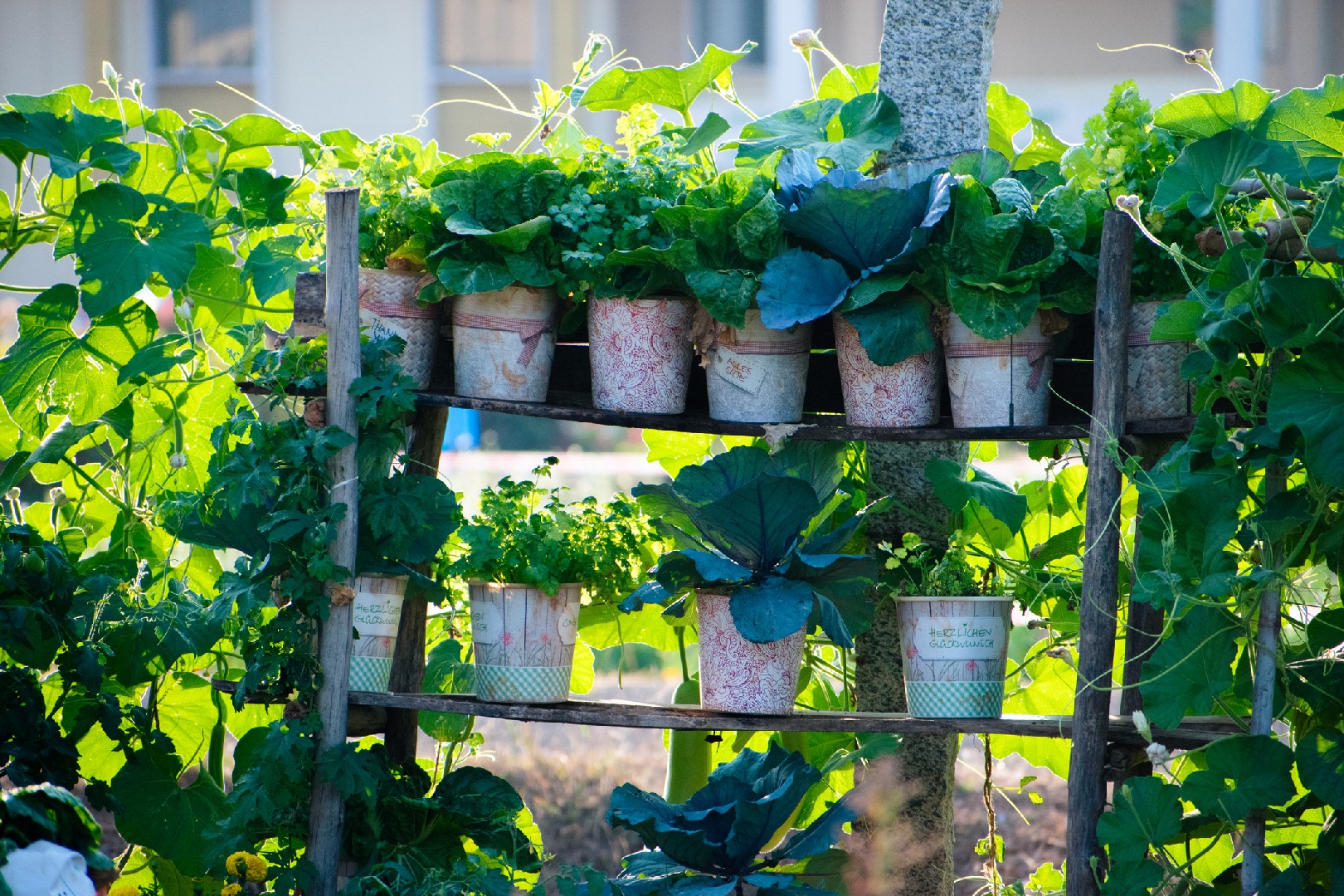![Rectangle]()
What is Vertical Edible Gardening?
Vertical edible gardening is a unique and innovative approach to cultivating plants in a vertical space, such as a wall or fence. It maximizes the use of vertical areas, allowing gardeners to grow a wide range of edible plants in limited spaces. This method is particularly beneficial for urban dwellers with limited access to traditional gardening spaces, such as yards or large plots of land.
The principle behind vertical gardening is simple: instead of growing plants in a traditional horizontal manner, they are grown vertically with the help of structures, such as trellises, cages, or hanging baskets. By utilizing vertical space, gardeners can significantly increase their planting area, making it possible to grow more plants and varieties.
One of the main advantages of vertical edible gardening is its flexibility and versatility. Practically any edible plant can be grown vertically, including herbs, vegetables, fruits, and even flowers. In fact, certain plants thrive in vertical environments and may produce higher yields compared to traditional gardening methods.
For instance, vine-type plants like tomatoes, cucumbers, and beans are perfect candidates for vertical gardening. These plants naturally climb or trail, and the vertical structure provides excellent support for them to grow upwards. Additionally, strawberries, lettuce, and herbs can be grown in vertical pockets or containers, taking advantage of unused wall space.
To successfully practice vertical edible gardening, there are a few methods and skills that can greatly improve your chances of success. Firstly, choosing the right location is essential. Ideally, the chosen area should receive sufficient sunlight throughout the day and be easily accessible for watering and maintenance.
Secondly, selecting the appropriate vertical structures for your plants is crucial. Trellises, cages, and stakes are common options that provide support and ensure proper growth and development. It's important to consider the height, strength, and materials of these structures to ensure they can accommodate the weight and growth habits of your chosen plants.
Furthermore, proper watering and irrigation are essential in vertical gardening. Watering systems, such as drip irrigation or soaker hoses, can be implemented to ensure consistent moisture levels and prevent water waste. Additionally, regularly monitoring soil moisture and adjusting watering schedules based on plant needs will promote healthy growth and prevent issues like root rot.
Lastly, maintenance and care are important aspects of vertical edible gardening. Regularly inspecting plants for pests and diseases, pruning unwanted growth, and providing necessary support as plants grow are all essential tasks. It's also beneficial to regularly replenish nutrients by fertilizing the soil or using organic compost.
In conclusion, vertical edible gardening is a practical and efficient way to grow a variety of edible plants in limited spaces. By utilizing vertical structures and implementing proper methods and skills, you can create a thriving and productive garden. Whether you have a small balcony, rooftop, or backyard, vertical gardening offers a unique and rewarding approach to urban food production. So, why not give it a try and enjoy the fresh flavors of homegrown produce right at your fingertips?





